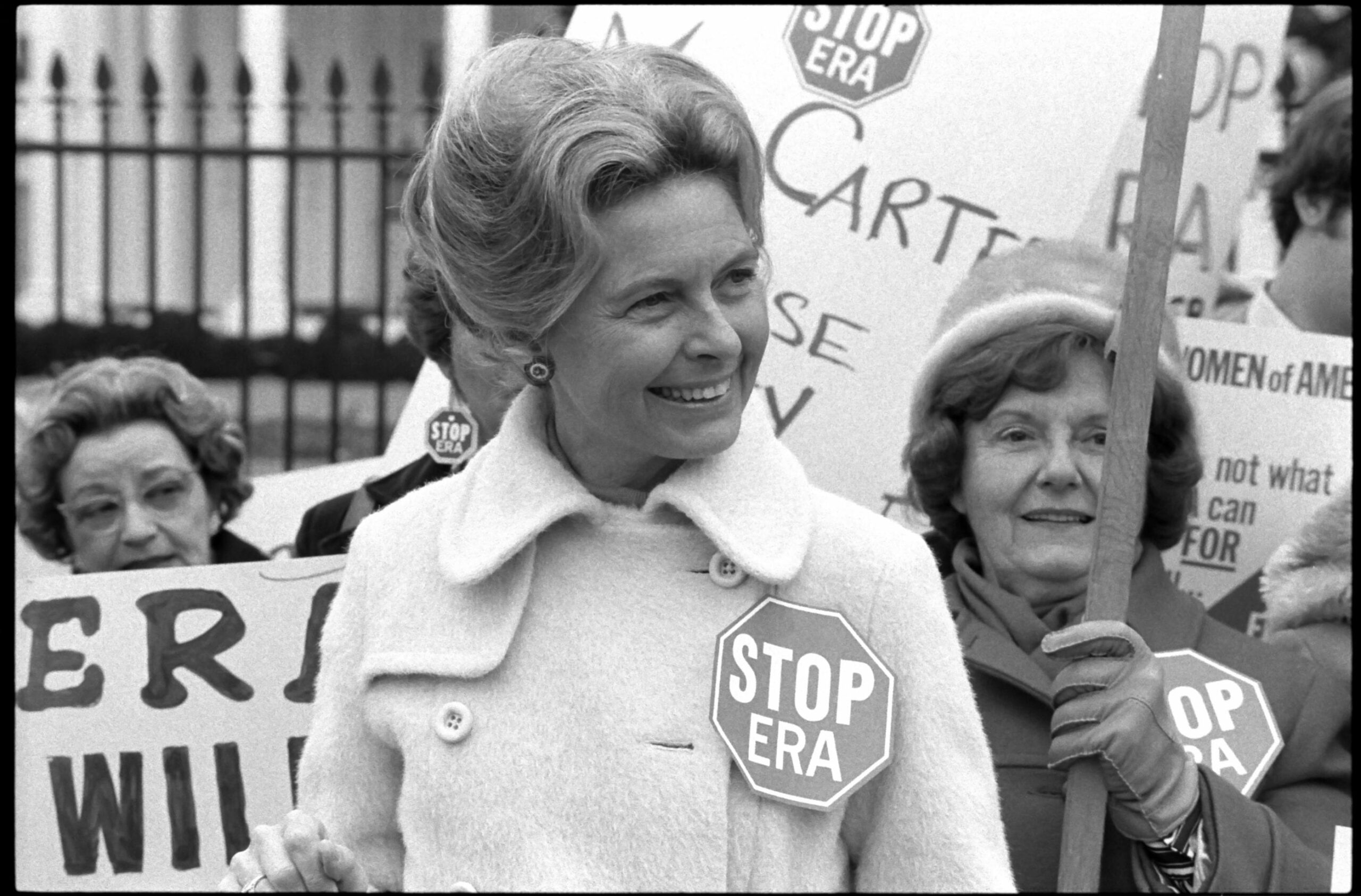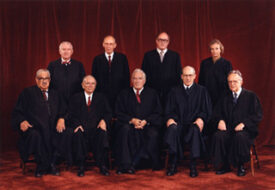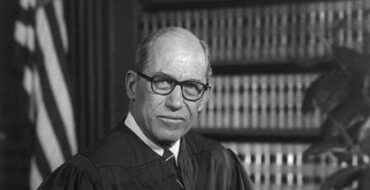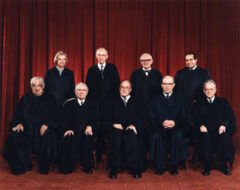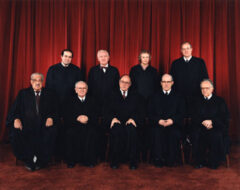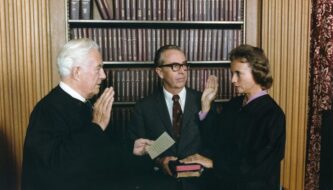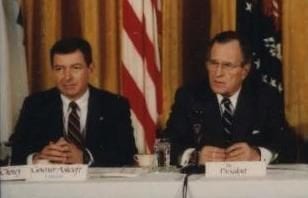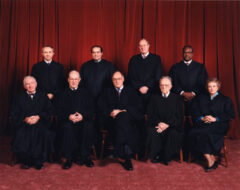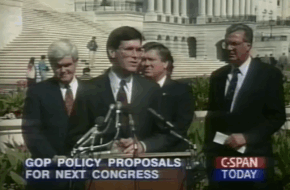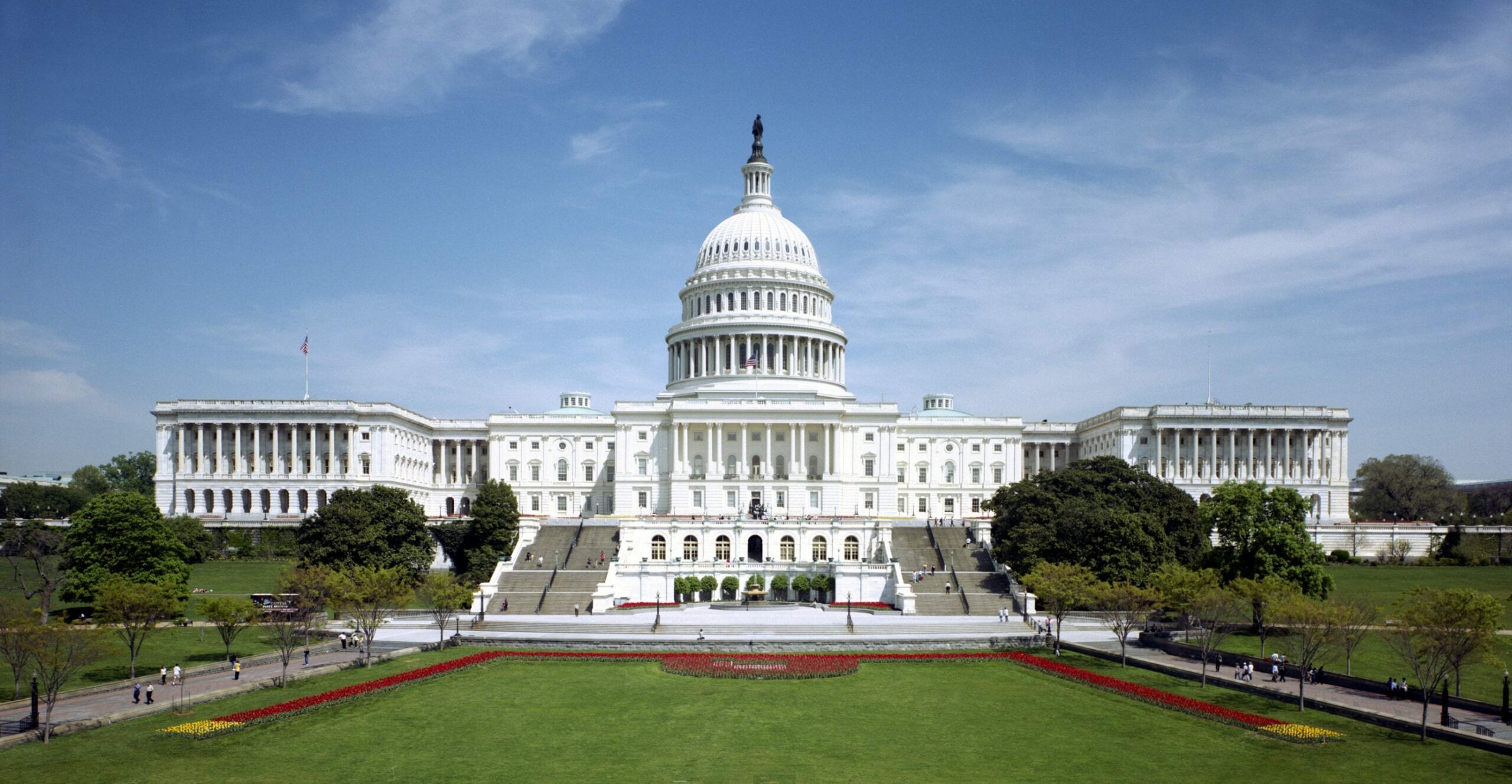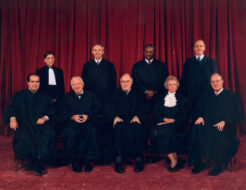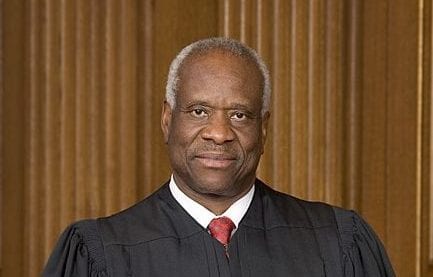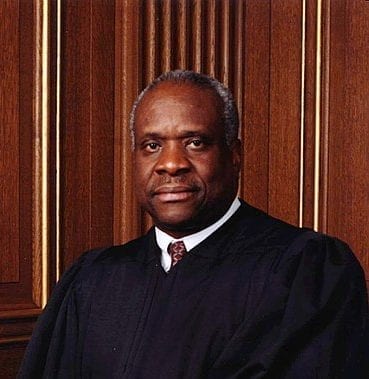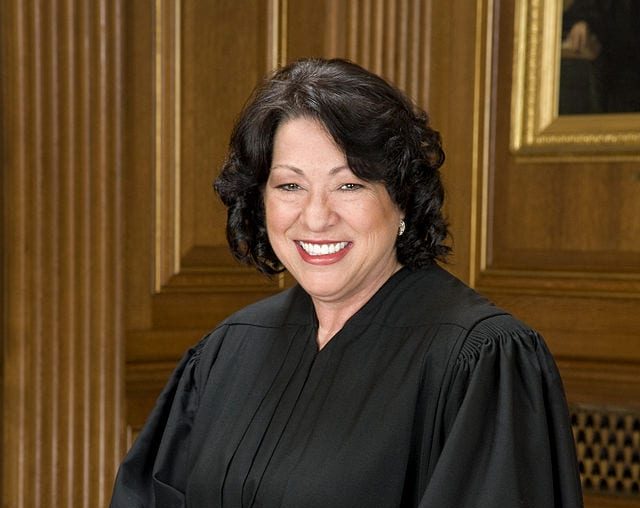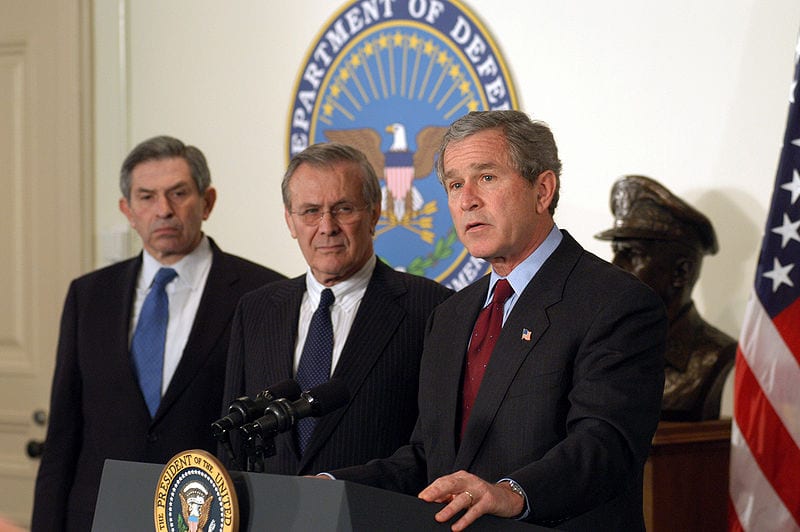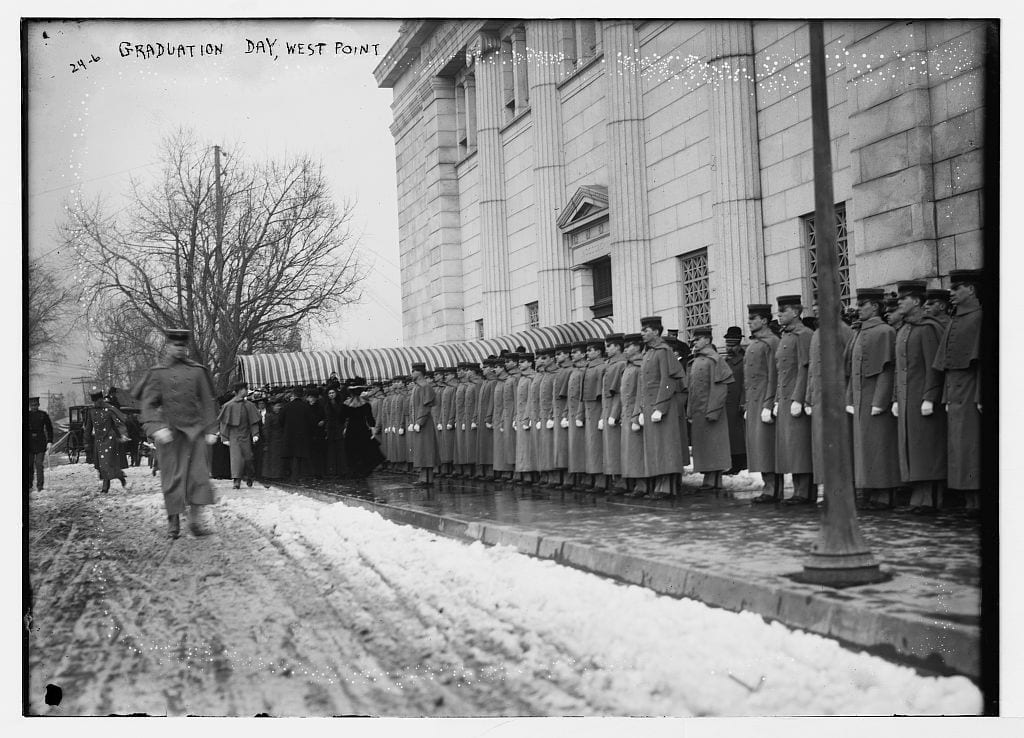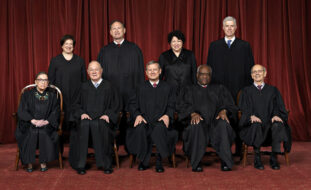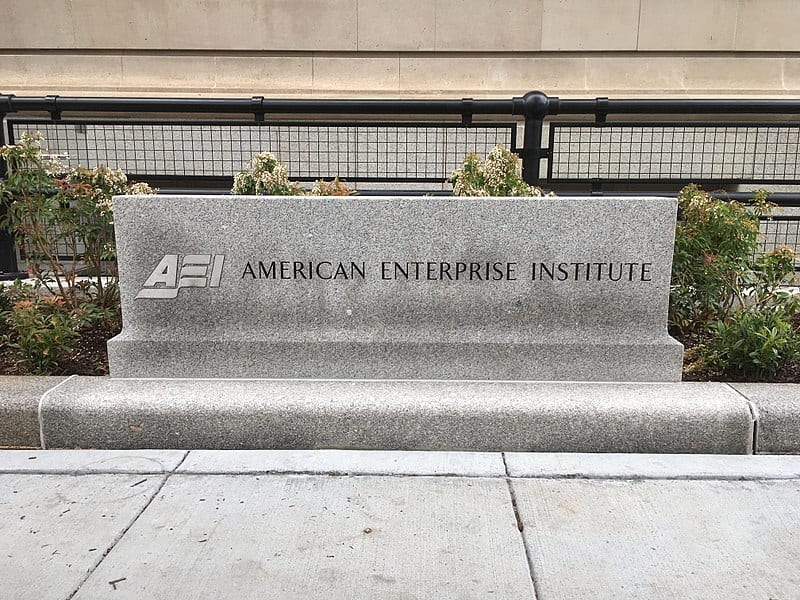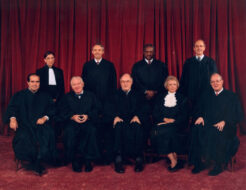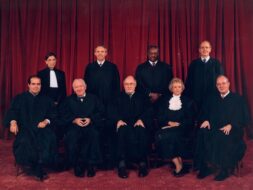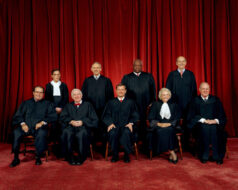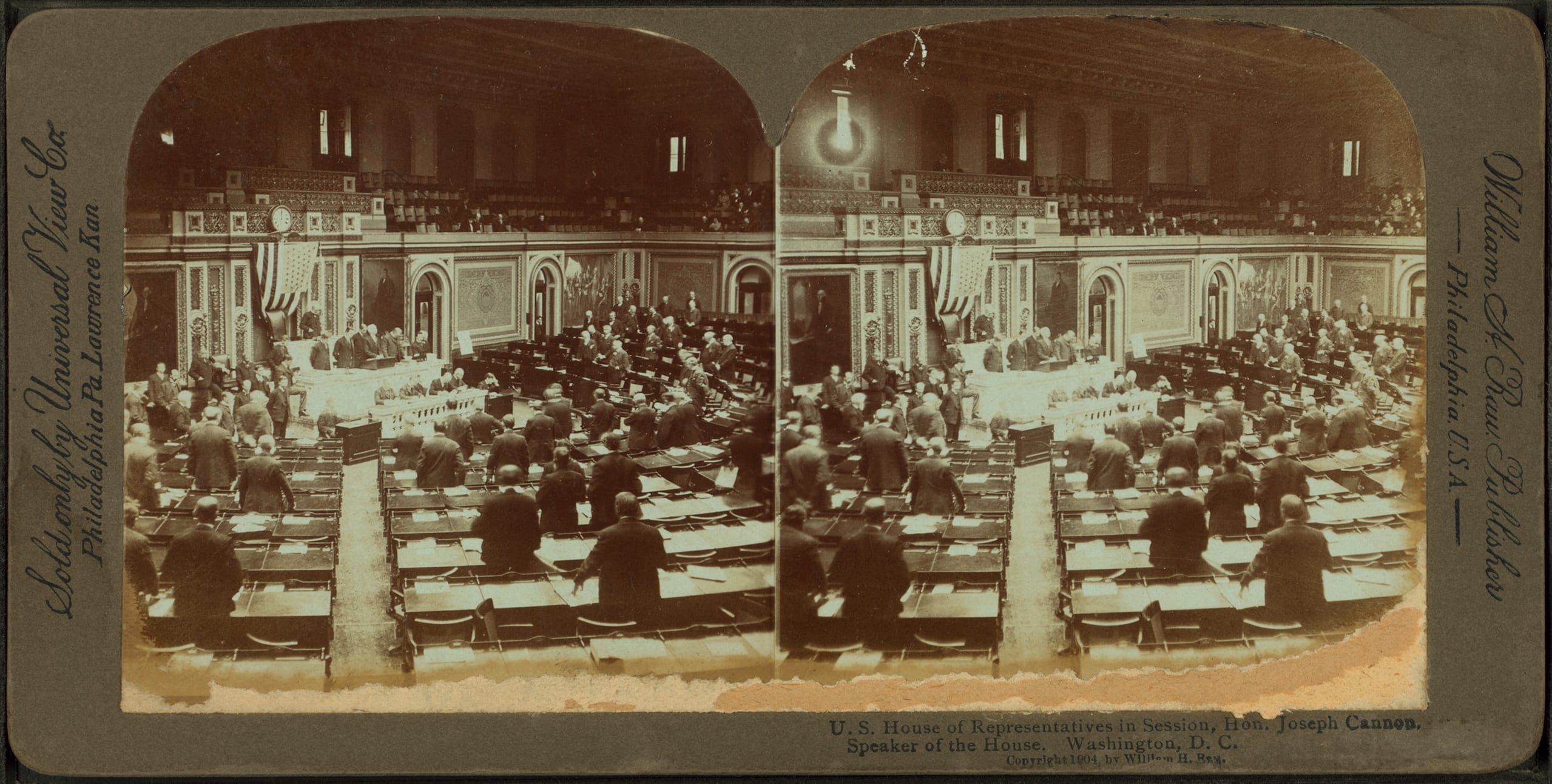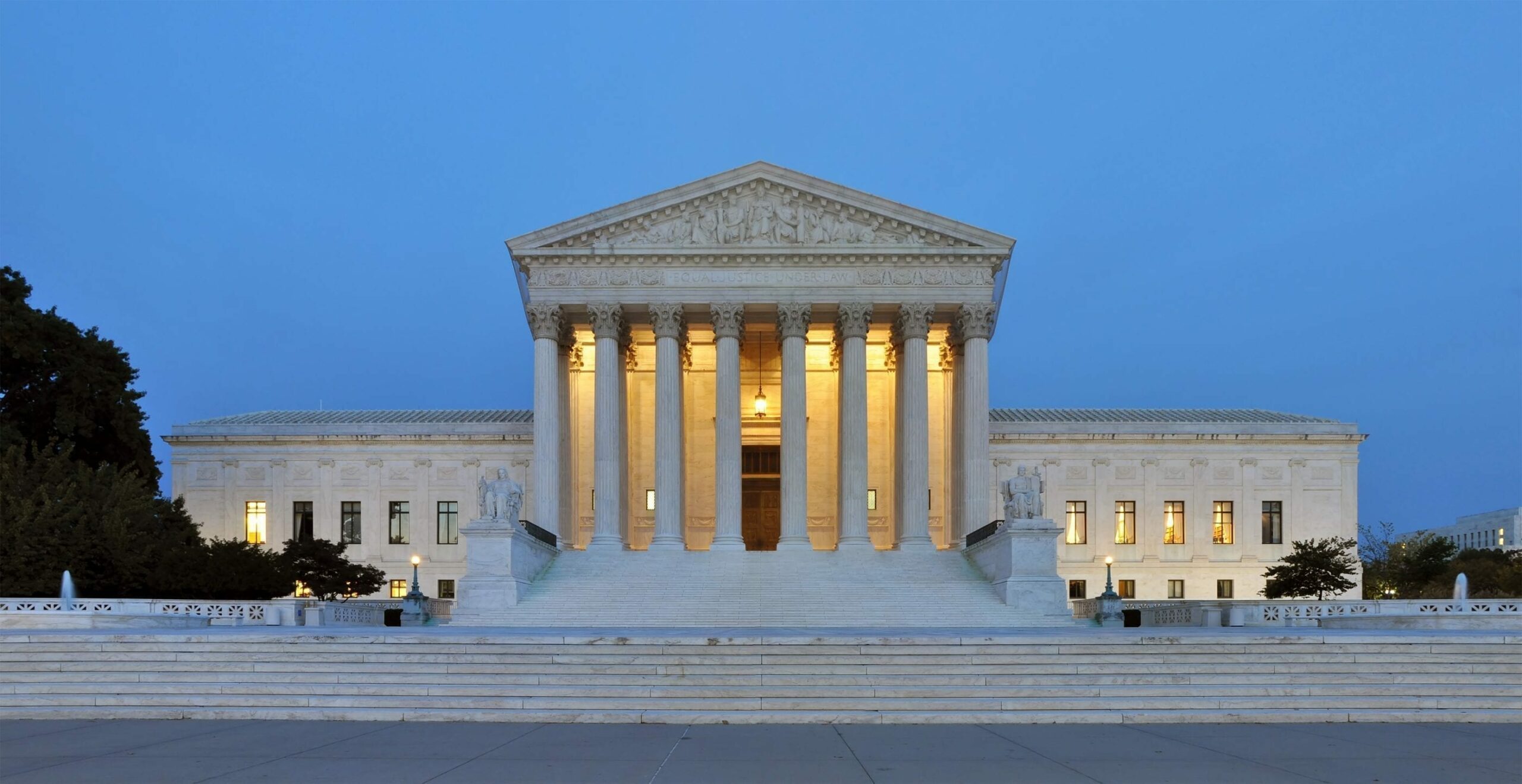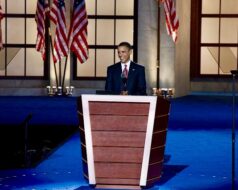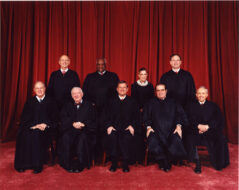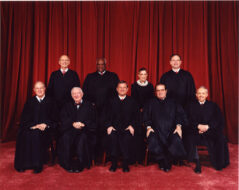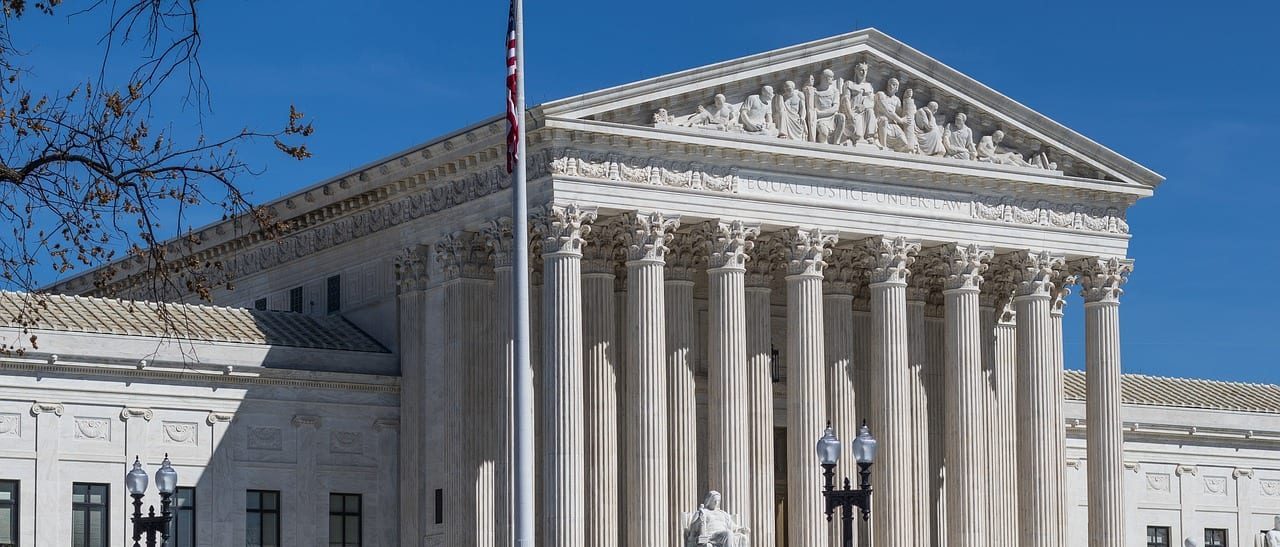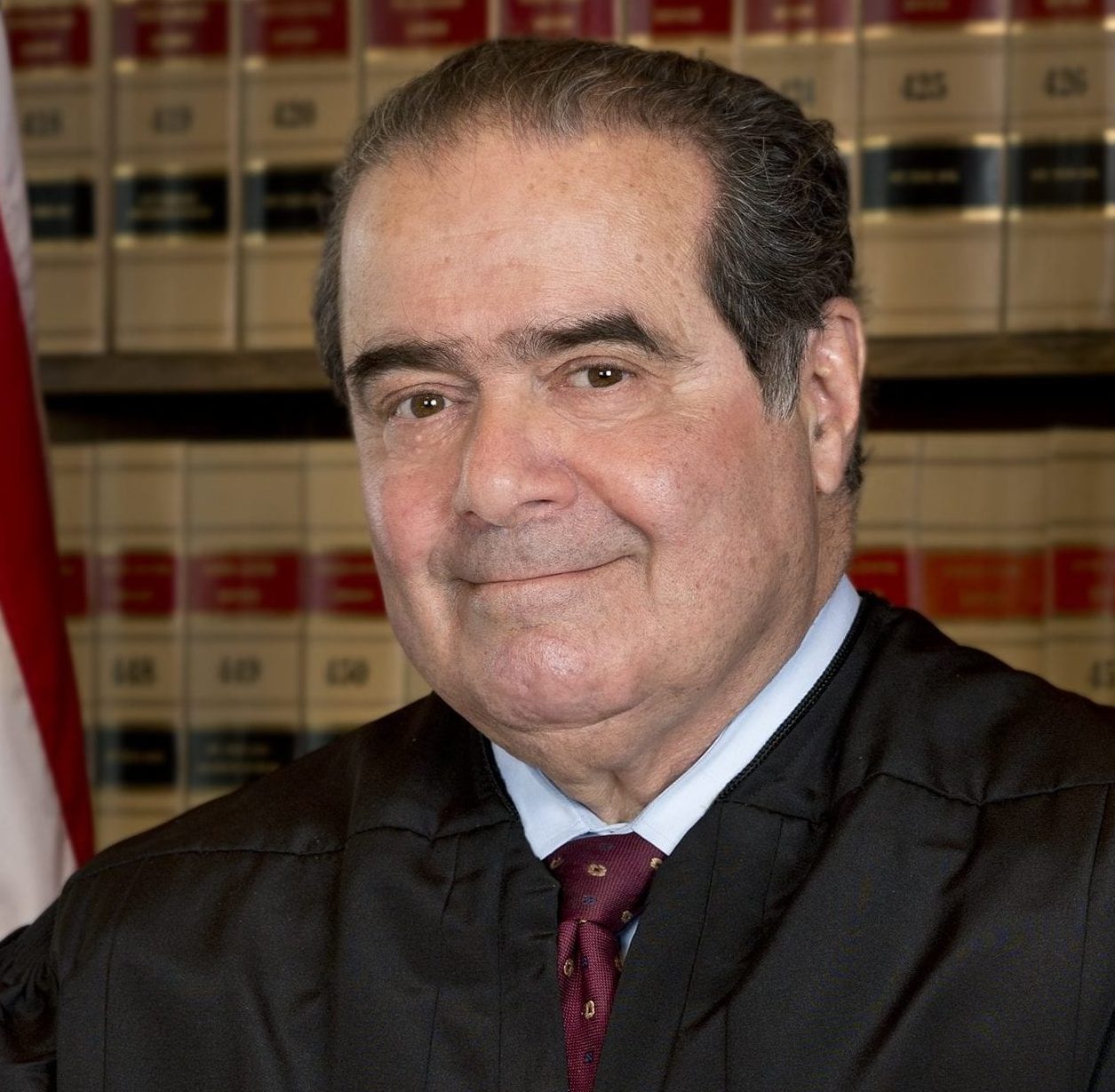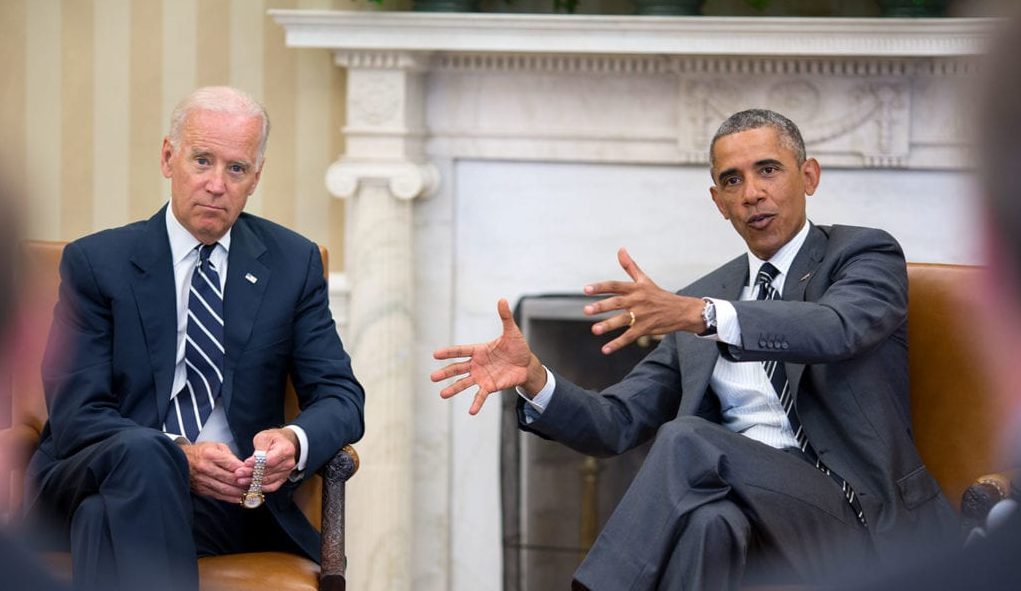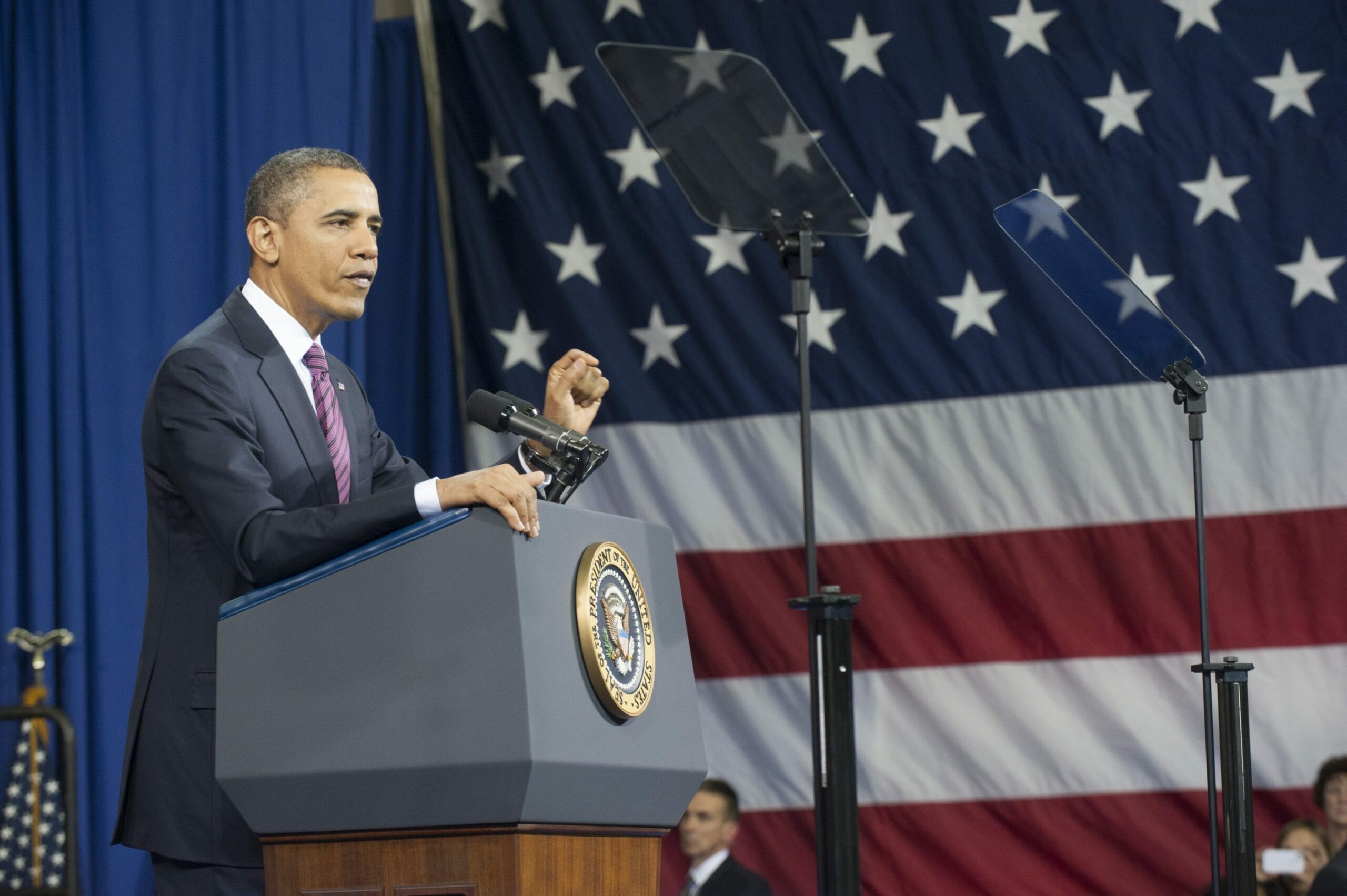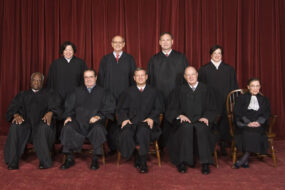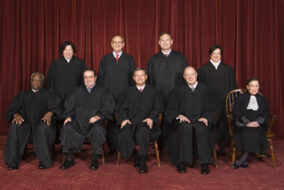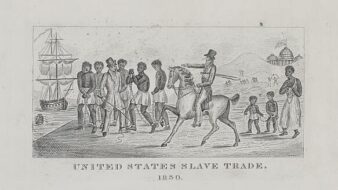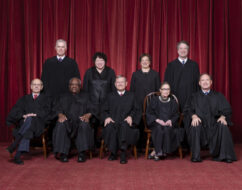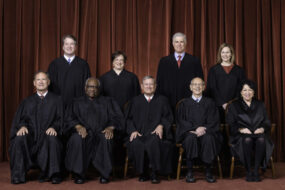Introduction
Phyllis Schlafly (1924–2016) was one of the most renowned conservatives of the twentieth century. Married with children, Schlafly, who earned a law degree in 1978, was a candidate for office during the early Cold War and a grassroots organizer for conservative political candidate Barry Goldwater in 1964, at a time when few women worked outside the home. Schlafly’s greatest political accomplishment, however, was the defeat of the revitalized Equal Rights Amendment in the 1970s. When the amendment was reintroduced in the early twenty-first century, Schlafly came out of retirement to comment.
—Sarah A. Morgan Smith
Source: Phyllis Schlafly, “’Equal Rights” for Women: Wrong Then, Wrong Now,” Los Angeles Times, April 8, 2007.
Nearly twenty-five years after the defeat of the Equal Rights Amendment, feminists and their political supporters, who now control Congress, are back at it. Last month, the constitutional measure, now dubbed the Women’s Equality Amendment, was reintroduced in the Senate and House, and its prospects, according to one advocate, “are better now than they have been in a very, very long time.”
But ERA Retro is doomed.
The amendment, which was born around the time that women were given the right to vote, was first introduced in Congress in 1923. For nearly fifty years, all subsequent Congresses had the good judgment to leave it buried in committee.
In 1971, the women’s liberation movement burst on the scene and became the darling of the media. Its leaders demanded a gender-neutral society in which men and women would be treated exactly the same, no matter how reasonable it might be to respect differences between them. The amendment, which states that “equality of rights under the law shall not be denied or abridged by the United States or by any state on account of sex,” was the chosen vehicle to achieve this goal.
A radical feminist organization called the National Organization for Women stormed the halls of Congress and forced a vote on the Equal Rights Amendment. Only twenty-four members in the House, and eight in the Senate, voted against it. On March 22, 1972, Congress sent the amendment to the states, which had seven years to ratify it.
The Equal Rights Amendment had a righteous name and incredible momentum. Who would oppose equal rights for women and men? Support was bipartisan, with Sen. Edward M. Kennedy (D-MA) and then Alabama governor George Wallace among its endorsers. Three presidents—Richard Nixon, Gerald Ford, and Jimmy Carter—signed on. Within the first year, thirty of the thirty-eight states needed for ratification passed it, many without holding a hearing on the legislation. The Equal Rights Amendment was actively supported by most of the pushy women’s organizations, a consortium of thirty-three women’s magazines, numerous Hollywood celebrities, and virtually all the media.
The opposition was totally outmanned. We had no Rush Limbaughs, no Fox News, no “no-spin zone” to challenge the need for the amendment. We had no Internet, no e-mail, no fax machines to help rally an opposition.
But the Equal Rights Amendment was rejected. We kicked off our Stop ERA campaign, launched in February 1972, with an article I wrote: “What’s Wrong with Equal Rights for Women?” Over the next ten years, nearly one hundred issues of my Phyllis Schlafly Report were devoted to exposing the bad effects of the amendment. . . .
Throughout the 1970s, we presented legislators with our arguments. I testified at forty-one state hearings. Meanwhile, the pro-amendment crowd could not show how the ERA would confer any benefit on women, not even in employment, because employment laws were already gender-neutral.
In 1977, ERA advocates realized that they were approaching the seven-year time limit three states short of the thirty-eight needed for ratification, so they persuaded Congress to give them $5 million to stage a conference, called International Women’s Year, in Houston. The conference featured virtually every known feminist leader and received massive media coverage. But it backfired. When conference delegates voted for taxpayer funding of abortions and the entire gay rights agenda, Americans discovered the ERA’s hidden agenda.
A couple of months later, a reporter asked the governor of Missouri if he was for the ERA. “Do you mean the old ERA or the new ERA?” he replied. “I was for equal pay for equal work, but after those women went down to Houston and got tangled up with the abortionists and the lesbians, I can tell you ERA will never pass in the Show-Me State.”
With the expiration clock ticking—March 22, 1979—and ratification uncertain, feminists appealed to Carter and Congress for a time extension and won. The ratification deadline was extended to June 30, 1982.
The American people were so turned off by the extension that no additional state ever passed the ERA. In Idaho v. Freeman, a federal court ruled that the time extension was unconstitutional and that states could constitutionally withdraw their previous support. Five did.
The Supreme Court subsequently ruled that the lawsuit was “moot” because the ERA had not been ratified by either the original deadline or the extension.
ERA supporters repeatedly tried to revive the amendment, reintroducing it in Congress in 1983. But the House rejected it. They then tried to persuade individual states to pass the ERA as state constitutional amendments. They got nowhere.
The current plan to revive the amendment is so outrageously dishonest—for instance, backers say both previous time limits can be ignored, that prior court rulings are irrelevant, and that the previous state ratifications are still valid—that it’s a wonder anybody could argue it with a straight face. No matter its new name, the same text that has been voted down, again and again, will again be rejected by the American people.


